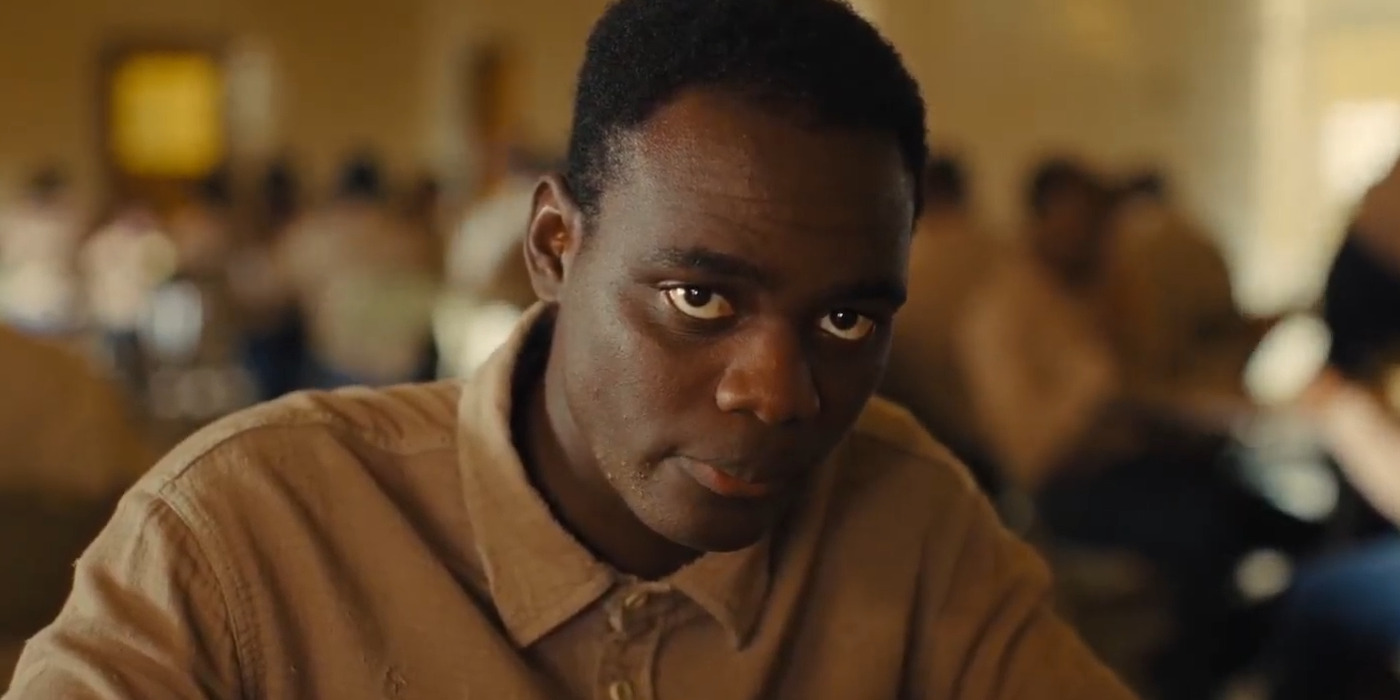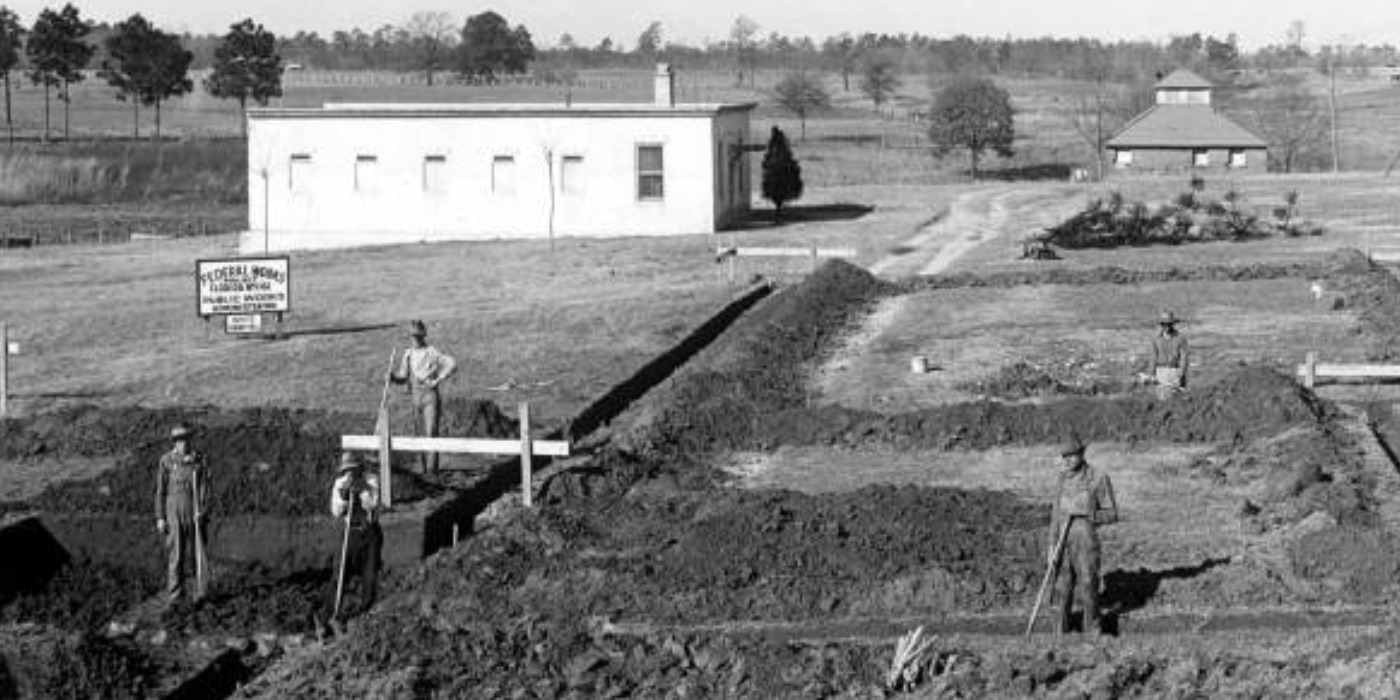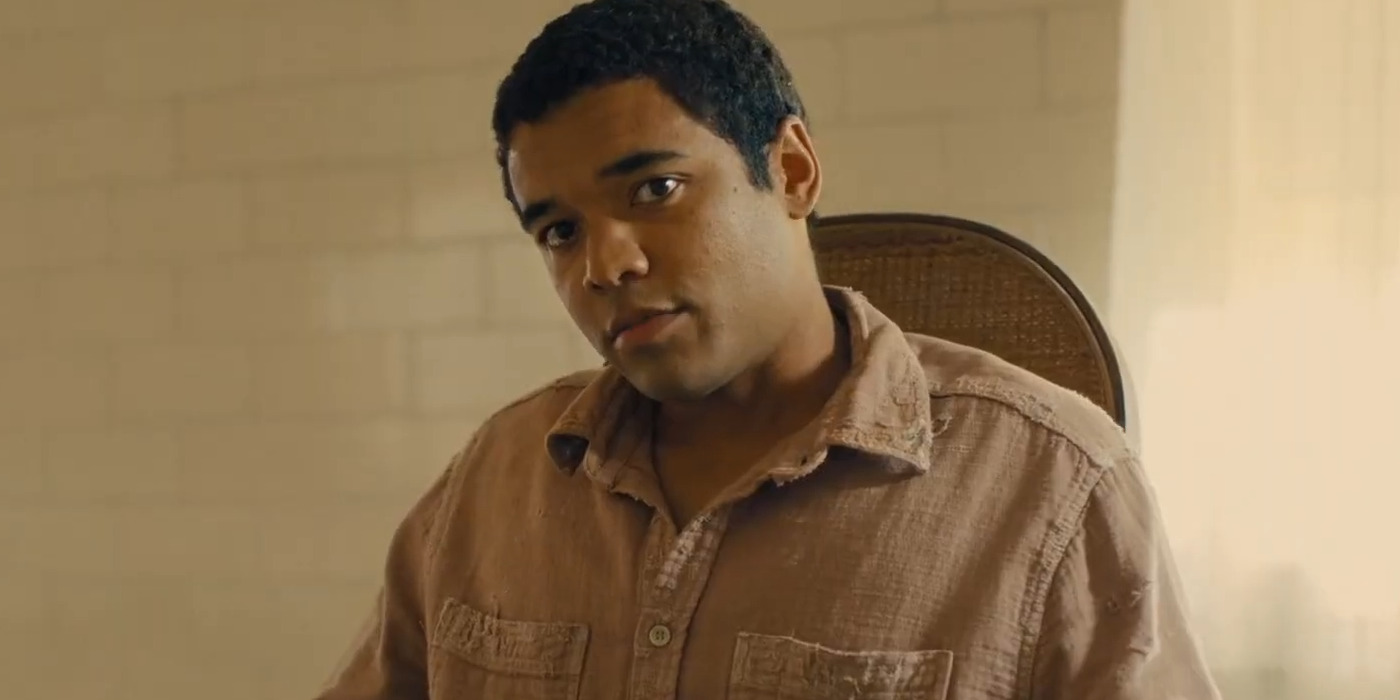‘Nickel Boys’ is a profoundly moving film about two young boys who undergo a harrowing experience together and form a deep friendship in the process. In the 1960s, during the Jim Crow era, Elwood Curtis looks forward to a bright future ahead as he idolizes the growing Civil Rights Movement. However, his plans of securing an education for himself are foiled when an unjust arrest brings him to the Nickel Academy, a Floridian reform school. Although the establishment boasts a front of reforming the youth, it actually holds a factory of nightmares for many of its young Black students.
During his stay at the Academy, Elwood befriends Turner, whose cynical pessimism with the world is a stark opposite to the former’s belief in justice and revolution. The RaMell Ross directorial charts a compelling tale about the two boys and their lives, highlighting the horrors that brew behind the doors of the Nickel Academy. As the story remains steeped in historical relevance, Elwood and Turner’s narratives emerge as strikingly authentic, thanks in part to the devastating yet true story behind it.
Nickel Boys is Based on Colson Whitehead’s Pulitzer Prize-winning Novel
‘Nickel Boys’ is a cinematic adaptation of the eponymous 2019 historical fiction novel by Colson Whitehead. The author, who added to his Pulitzer Prize collection with this book, penned the novel after coming across the news about The Florida School for Boys in 2014. The real-life school—better known as the Arthur G. Dozier School for Boys, or just the Dozier School—opened in 1900 as a State-sanctioned establishment in Marianna, Florida. After being operational for 111 years, it finally closed down in 2014. This shutdown arrived on the heels of a Department of Justice investigation into allegations of abuse that had been prevalent since the school’s establishment.

From consistent allegations of physical and sexual abuse to excavated dead bodies of teenagers in unmarked graves, the reports into Dozier School’s past painted a horrifying truth about its history. After learning of the truth surrounding the school, Author Whitehead felt compelled to put his own pen to paper and bring the real-life story to an audience through literature. Consequently, he started conducting extensive research, diving into real-life accounts, newspaper articles, official documents, memoirs written by survivors who attended the school, and more. Reportedly, he employed the help of the White House Boys website, which houses a community of former Dozier School students who underwent grotesque abuse at the establishment during their stay.
The group is titled as such because of The White House, a building on campus where Black students were taken to for inhumane beatings and lashings as “punishment” for a variety of reasons. The sickening shed was nicknamed “The Ice Cream Factory” by the students because, after a trip to the shed, one came out with bruises in a multitude of colors. This detail—along with several other realistic instances—became integral parts of Whitehead’s research, which he ultimately incorporates into his novel. As such, even though the author retained a level of creative freedom in his novel—most brazenly depicted through a fictionalized boxing club— ‘Nickel Boys’ remains a work with firm roots in reality. Similarly, while RaMell Ross and Joslyn Barnes adapted the screenplay from Whitehead’s, they maintained that crucial connection to reality despite the occasional departures that their film takes from its literary counterpart.
Nickel Boys and the Disturbing True Story of the Dozier School
The Dozier School, which is the basis for Colson Whitehead and, subsequently, RaMell Ross’ Nickel Academy, has a fraught history of systemic abuse. After its opening and till 1966, the establishment was segregated, housing white and non-white students under different conditions, rules, and regulations. The young kids who ended up in this place were juvenile offenders. However, over time, kids who were orphans of responsibilities of the state also began joining the roster. Furthermore, the offenses that these students—notably Black students—committed were often negligible instances of school skipping, graffiti, vandalism, and such.

In his research, author Whitehead found that the Dozier School often leased students to local businesses, profiting off of their unjust labor. Likewise, despite the change in administration or era, the school invited many allegations of abuse, rape, torture—and even murder—since the beginning. Eventually, in 2011, Dr. Erin Kimmerle from the University of South Florida conducted a forensic investigation and found multiple bodies of students in unmarked graves in and around the cemetery area. As of writing, Kimmerle and her team continue to attempt to identify these bodies through DNA to varying levels of success. Officially, the Dozier School shut down in 2014. Still, due to the nature of its history, no individual has ever been held accountable for the abuse that ran rampant in the establishment.
Elwood and Turner are Fictional Characters With Real History Behind Them
Although ‘Nickel Boys’ sports a real-life counterpart for its central Nickel Academy, the same cannot be said for its leading protagonists, Elwood and Turner. Colson Whitehead kept his story about the abusive reform school true to life in honor of Dozier School’s real-life victims and survivors. Nonetheless, he opted for mostly fictionalized characters to drive the story. With Elwood, the author wanted to create an ideal stand-in for the audience. Therefore, he crafted the boy as a straight-laced, bright kid whose future is endarkened by the brutality of the system, which brings him to Nickel Academy. Additionally, Elwood occupies the persona of a young revolutionary of his generation. Consequently, his story becomes a reflection of the reality of the Civil Rights Movement during and beyond the 60s.

On the other hand, Turner, another fictionalization, acts as Elwood’s foil with his perpetual—though earned—cynicism. Therefore, the two boys embody two philosophies of social change: hopefulness and hopelessness. This dynamic adds substantial nuance to the socio-political themes of the story in terms of the Civil Rights Movement. Still, even though Elwood and Turner aren’t directly based on real-life people, their story remains a tribute to the actual victims and survivors of the Dozier School. Over the years, many individuals from the White House Boys have come forward in support of Whitehead’s novel, valuing it for sharing the story of their realities. Ultimately, while the characters in ‘Nickel Boys’ may lack a direct real-life counterpart, their narratives remain incredibly authentic and realistic.
Read More: Nickel Boys Ending, Explained


You must be logged in to post a comment.